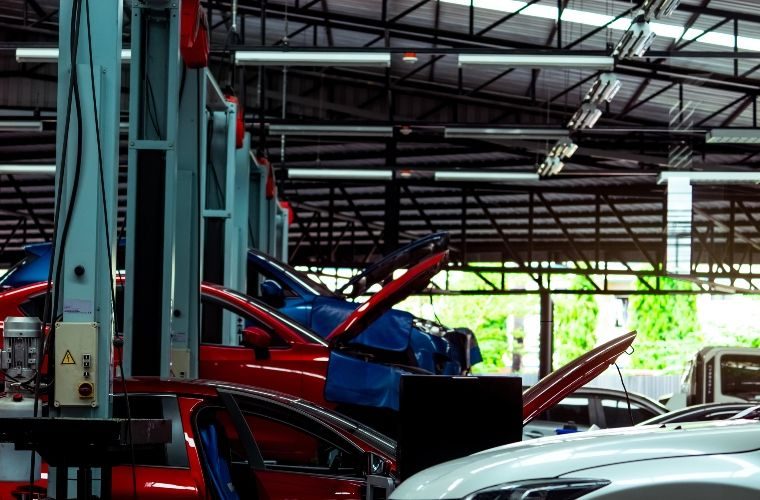
In case you hadn’t noticed, the world’s currently undergoing a massive shift.
The industry, neigh the world as we know it is under massive pressure.
The worlds leaders are being tasked with making huge changes in what seems like a very short time span.
Our current government has set out its stall to lead the way, taking a historic step towards net-zero 2050 with end of sale of new petrol and diesel cars by 2030 – that’s just eight years people.
Ministers have promised an extra £350m to help the automotive supply chain move to electric and a further £620 million targeted for electric vehicle grants and infrastructure.
The government will has now published its EV infrastructure strategy, setting out its vision and London’s Ultra Low Emission Zone (ULEZ) has just been expanded to create a single larger zone up from the North Circular Road (A406) to South Circular Road (A205).
Any vehicle not meeting the ULEZ need to pay £12.50 per day 24/7.
Opinion: Don’t be a busy fool
Many other cities in the UK have or are set to roll out their own schemes, making it prohibitive to drive a non clean fuel car in and around the city itself.
So how does this all affect us as an industry?
New car market down in 2021 represented the second worst year since 1991 with new registrations down by 28.7 per cent on a pre-pandemic 2019.
The massive drop in diesel sales and to some extent petrol vehicles being taken up by increases in electric and hybrids which have had a fairly meteoric rise in 2021.
190,727 new BEVs joined Britain’s roads, along with 114,554 plug-in hybrids (PHEVs), meaning 18.5 per cent of all new cars registered in 2021 can be plugged in.
This is in addition to the 147,246 hybrid electric vehicles (HEVs) registered which took a further 8.9 per cent market share in a bumper year for electrified car registrations, with 27.5 per cent of the total market now electrified in some form.
I’m sure interest peaked in October when, for one week, you couldn’t get a gallon of fuel without queuing onto the public highway.
The Office for Low Emission Vehicle (OLEV) has grants of up to £3000 for a car and £350 for an electric charge point, but for many of my customers and colleagues there are still so many unanswered questions around BEV’s; ‘where can I plug my car in if I live in a flat’ being one of the main concerns.
There’s other questions too about battery life and disposal, range anxiety, fossil fuels, electric infrastructure and the even bigger question of ‘will there be enough to go round?’ and ‘will the government suddenly have a change of heart like they did with diesel?’
Related: Record EV sales in 2021 show future direction
So combined with a pandemic causing a shortage of semiconductors needed to produce new vehicles, creating logistic problems with the delivery of new stock and all the uncertainty that’s affected consumer spending including loss of jobs and inflation, plus lack of confidence in new tech, all these factors are responsible for undermining the new car market.
The SMMT says there’s now lack of demand for new cars, rather a scarcity of product which has driven used-car prices through the roof.
We are regularly seeing cars being sold at auction for £1000 or more above CAP.
Question for those with a sales forecourt, do you throw caution to the wind and stock up or will the bubble burst leaving you with a cache of overpriced vehicles?
Britain’s car parc is older than ever before despite the efforts of policymakers and environmentalists to get us behind the wheel of a zero-emissions vehicle.
DVLA and Department for Transport data shows that in 2019 there were over 6 million cars over 13 years old in the UK, that’s 19.1 per cent or approximately one-in-five of all vehicles on the road.
25 years earlier, in 1994, there were only 1.3 million cars of a similar age, 6.3 per cent or just over one in 20 cars.
The average age of all cars on UK roads increased from 6.7 years in 1994 to 8.3 years in 2019.
What this does mean for garages though is more maintenance and repair opportunity.
These older vehicles obviously need some TLC, but the advancement in technology also means that, in many instances, these vehicles require a trained technician with the suitable equipment to diagnose and repair them.
So new legislation and electrification means a whole new form of transportation, but it also means that current cars will be around, in some form, for a while yet.
Share your comments below.







